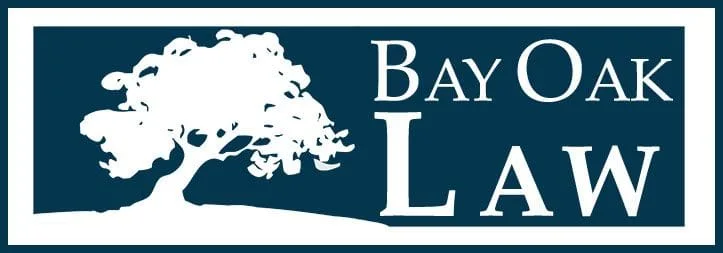- posted: May 16, 2014
- Archive
[caption id="attachment_1591" align="alignnone" width="150"] William Fothergill Cooke Journal Courtesy of Richard Warren Lipack/Wikimediacommons[/caption]
William Fothergill Cooke Journal Courtesy of Richard Warren Lipack/Wikimediacommons[/caption]
Awhile ago, I wrote about how defendants can fight off bogus trade secret misappropriation charges by using California law to force plaintiffs to identify their trade secrets with particularity. Now, a recent San Mateo County case, Altavion v. Konica Minolta Systems Laboratory, Inc. , shows how a plaintiff can identify trade secrets with reasonable particularity on the way to winning a $4.8 million trade secret misappropriation case.
Plaintiff Altavion developed a digital stamping technology, or DST, that both authenticates documents and shows any alterations. It disclosed the information to KMSL under a non-disclosure agreement (“NDA”), because KMSL’s parent company, Konica, was interested in using DST in its multi-function peripherals (“MFPs”). KMSL had admitted that Altavion’s DST technology was unique, but the two parties could not come to terms on a development fee.
Two years later, Altavion learned that KMSL had applied for patents based on Altavion’s technology, and then sued.
KMSL attacked Altavion’s claim of trade secrets by claiming that the trade secrets identified were not reasonably particularized, as Cal. Civ. Proc. Code § 2019.210 requires. The Altavion court found that the test is to “describe the allegedly misappropriated information with ‘sufficient particularity’ to separate it from matters of general knowledge.” As the opinion cannot publish the trade secrets themselves without destroying their secrecy, the court was necessarily vague about how particular Altavion’s secret’s were, but found that Altavion had stated it in a reasonably particular way.
This suggests the obvious counter to a defendant’s demand for reasonably particular identifications of trade secrets – identify them with detail. It is not enough to simply name the process and say it is secret. The trade secret owner needs to identify all the parts to the trade secret so that both the defendant and the court can easily identify what was allegedly stolen. Even elements that are generally available can be protected as a trade secret if the way they work together is not generally known and has an independent economic value by not being known.
All this identification has to be done under a court’s protective order, to protect the information from being made public. Still, many plaintiffs stumble on what should be a low hurdle – good identifications of the trade secrets. If the opposing party stole the trade secrets, then telling them or a court what the trade secrets are should not be a problem. The multi-million dollar verdict that Altavion got flew up the scale because Altavion could identify its trade secrets with reasonable particularity.



